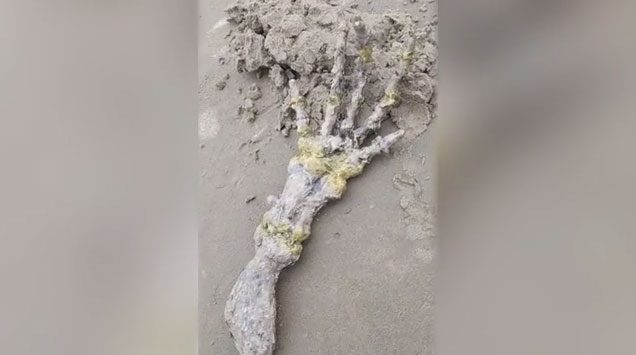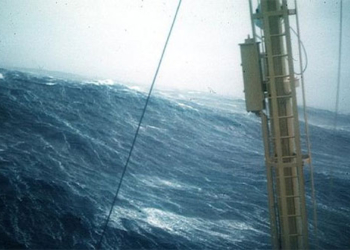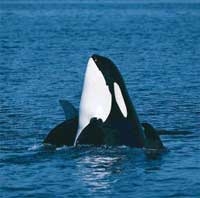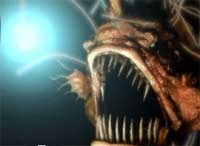A Brazilian couple stumbled upon strange bone fragments while walking on the sandy beach at Ilha Comprida, São Paulo, last weekend.
The strange skeleton was discovered at Ilha Comprida. (Video: Leticia Gomes Santiago)
In an interview with the media, Leticia Gomes Santiago and her boyfriend Devanir Souza expressed their shock upon seeing a skeleton resembling a monster’s arm lying on the surface of the sand. In a video shared by New York Post on November 24, the length of its “fingers” can be seen when placed next to a flip-flop and a human hand.
“Based on the size and number of bones, we think it’s not human. So what could it be?”, Leticia said.
The couple shared their discovery with local residents, who joked that it looked like the hand of a mermaid or an alien.
However, according to marine biologist Eric Comin, this “hand” is actually the flipper bone of a marine mammal, possibly a whale or a dolphin. Based on the decomposition, it had died approximately 18 months ago.

“This hand is actually the flipper bone of a marine mammal.”
The pectoral fins of whales and dolphins are also known as flippers. Essentially, they are two forelimbs that have evolved for movement in water. Previous studies have shown that whales evolved from land animals, which is why their flipper bone structure still resembles fingers.
Comin noted that anyone who finds animal carcasses on the beaches of São Paulo should notify the Cananéia Research Institute (IPEC).
“We always prioritize leaving skeletons on the beach to avoid disrupting the nutrient cycle in the ecosystem, but if there are some scientific benefits, we will collect them. In the case of recently deceased animals, collecting samples for analysis can help determine the cause,” added Henrique Chupill, spokesperson for IPEC.





















































